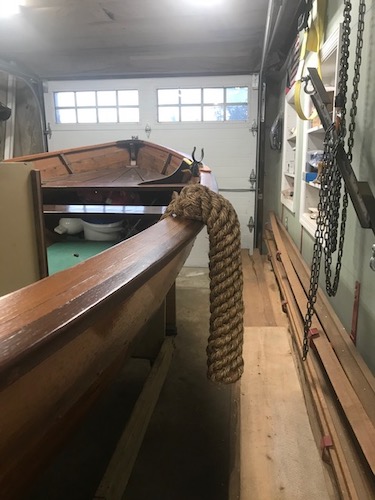 In the southeast part of Norway lies the beautiful little village of Stavern. Once a thriving community where fishing was the main source of income, today the town hosts the country’s largest collection of once dominating double-ended motor boats called Sjekte. The sjekte is a local name for the more common snekke boat type.
In the southeast part of Norway lies the beautiful little village of Stavern. Once a thriving community where fishing was the main source of income, today the town hosts the country’s largest collection of once dominating double-ended motor boats called Sjekte. The sjekte is a local name for the more common snekke boat type.
Join The Conversation
We welcome your comments about this article. To include a photo with your remarks, click Choose File below the Comment box.

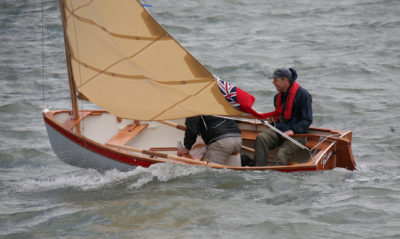
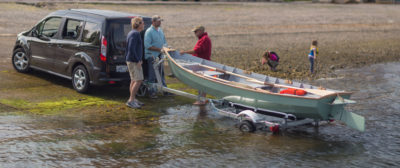
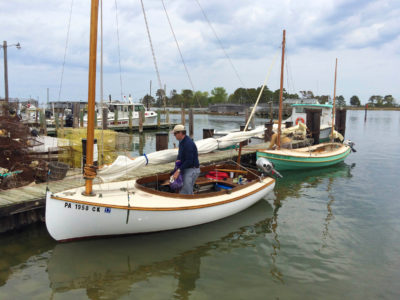
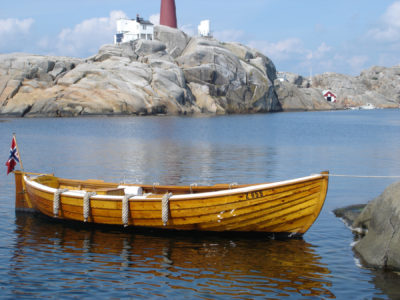
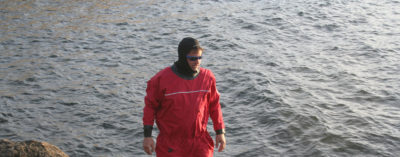
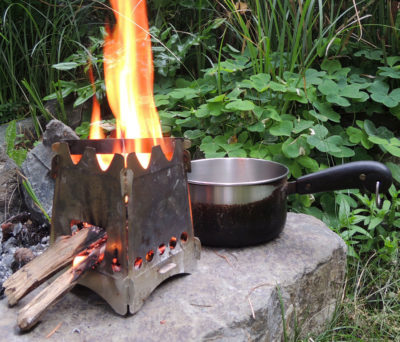

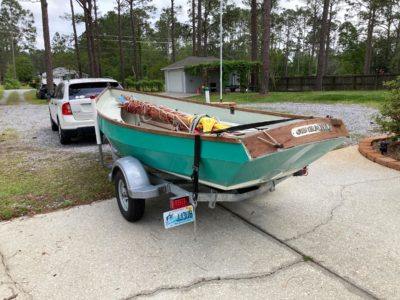
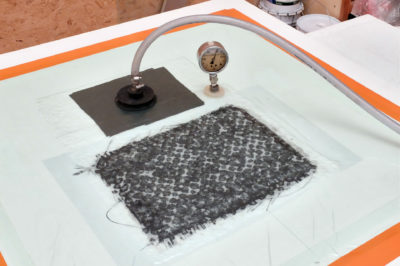
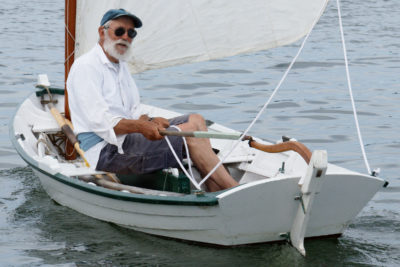

Nicely done article. When we started sailing, we purchased one of those plastic, blow-up, step fenders that eventually get sticky and ugly. Well the Admiral was having none of that, so I made up a knotwork one that did the same job, just saltier. Very similar construction to the above with the following changes: I started off with a back-to-back pair of eye splices, that measured about 24″ end to end. The eyes would be what I used to tie back to the rigging to support the step in a horizontal fashion. Then I cut and seized 6 lengths of the same 3/4″ line to act as bulk for the actual step, then seized the six lengths around the center core. Finally I made the round sinnet/braid back and then tucked again to completely cover and secure the entire step so that no ends showed. Hung it off the port side and adjusted the height to fit the Admiral’s step. Near perfection. Since then I’ve made another for our boat and two others on commission.
(Fo
I would love to see a video of the steps in this project, or just more good sketches of the steps.
Great article! I wish there was some video of someone actually making one of the rope bumpers. It looks like it could be a class at WoodenBoat School!! Thank you.
Perfect timing! I volunteer at the Buffalo Maritime Center, and our director just asked me to make some rope fenders for our Lake Erie Shallop and No Man’s Land boat. Thanks!
I have been making fenders from 3-strand polyester rope after being inspired by an article in WoodenBoat magazine April 1992, #105. This type of fender is probably larger in diameter than the Norwegian variety with smaller strands (translation: more braiding). Polyester is smoother to work with and is rot resistant, but the strands don’t hold together as well as natural fibre strands. Some clients prefer the clean white look.
I agree with Lars, braiding fenders is hard work. Although I sell my fenders online I doubt I make more than a few dollars an hour for my efforts. But working with rope is fun and the results are beautiful.
Al Szymanski and I have been corresponding since he posted his comment on his own version of rope fenders. He recently bought 100′ of used 5/8″ manila line and has kindly provided us with a video documenting his version of a Norwegian fender: “Tying a Rope Fender.” While his starting point is quite different, the weaving of the strands is similar to the method described in Lars’s article.
Christopher Cunningham, Editor, Small Boats Monthly
Starting is the hardest part, but after that it just takes time and patience. Best to hang it from above to work with. Here are my first and only ones I made for my 1969 Snekke I restored in Staten Island, NY where I live.
